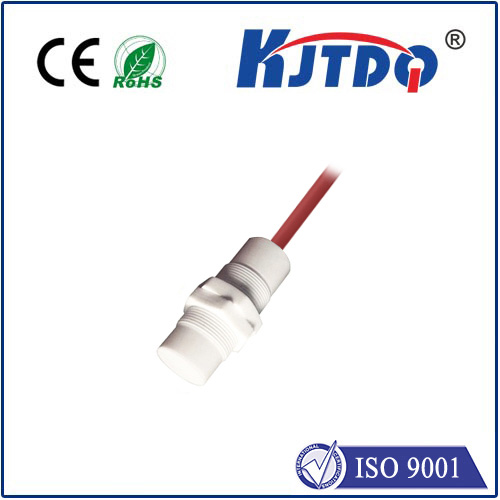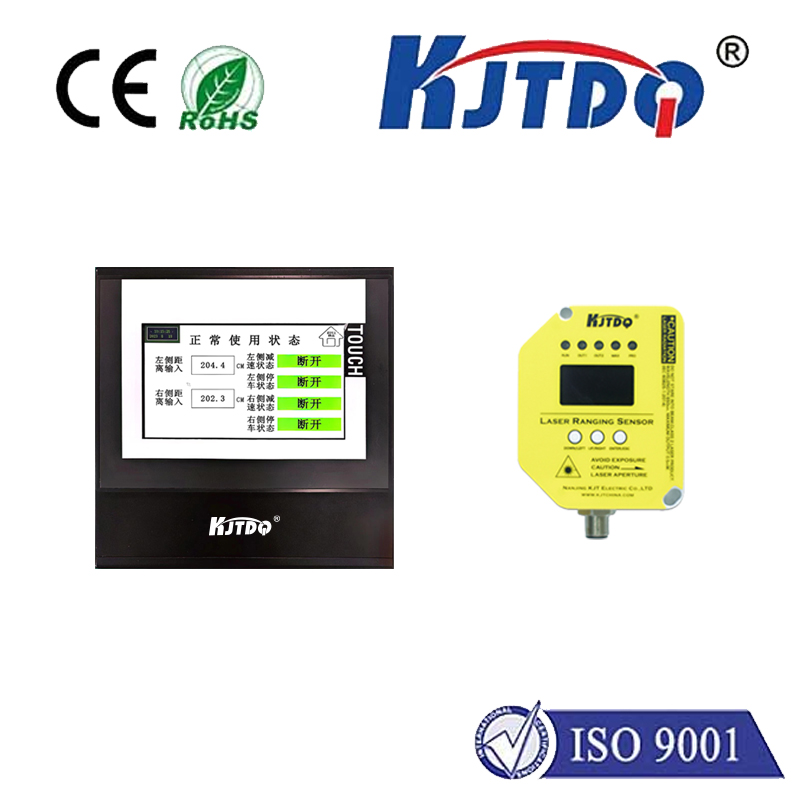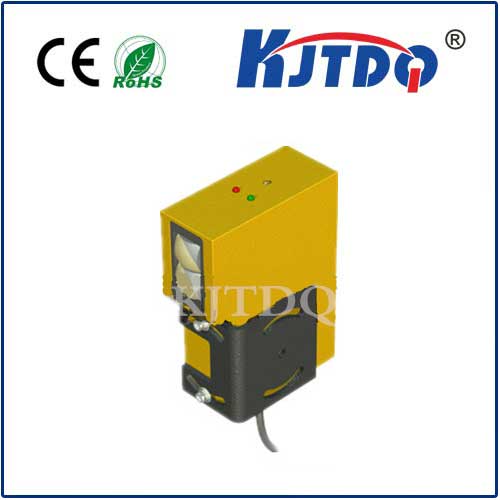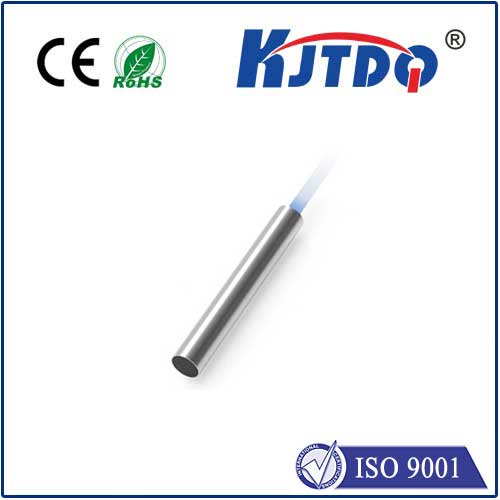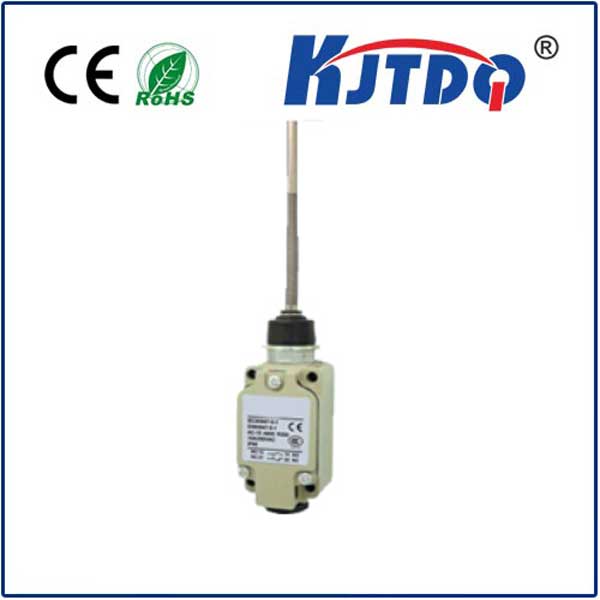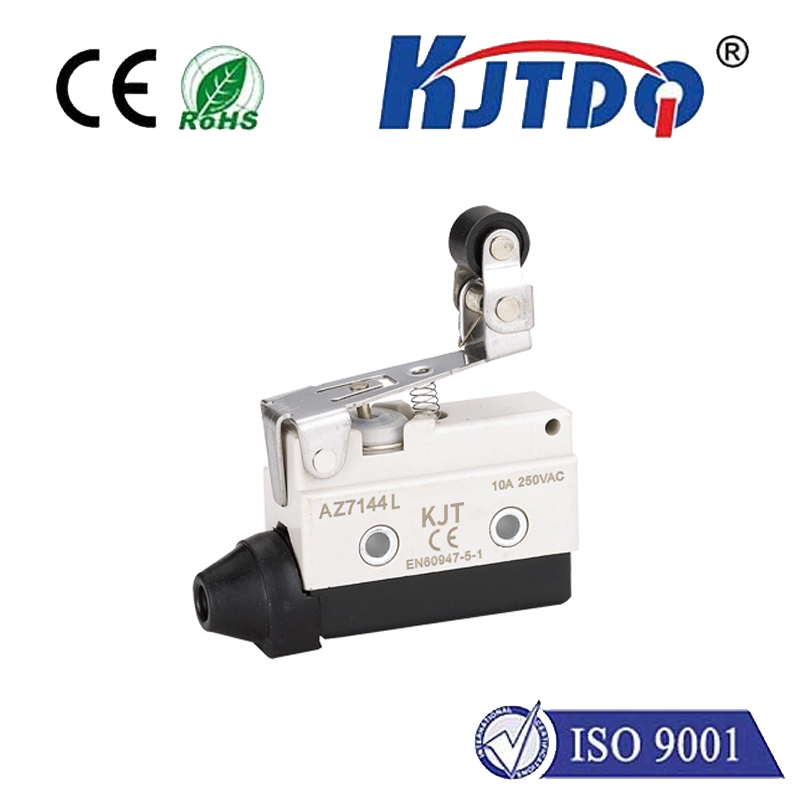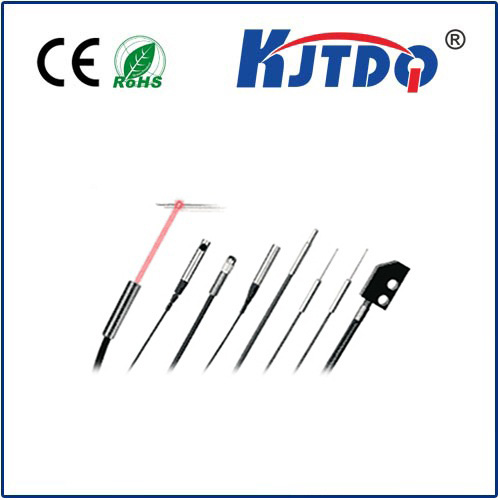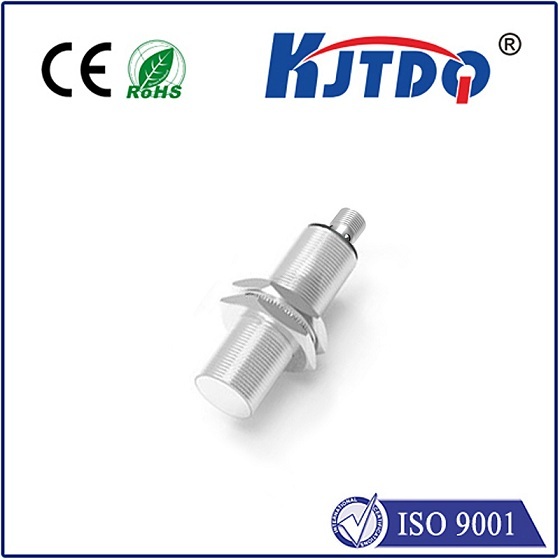The Evolution and Applications of LiDAR Emitters in Modern Technology In the realm of advanced sensing technologies, LiDAR emitters have emerged as a cornerstone, revolutionizing industries ranging from autonomous vehicles to environmental monitoring. These sophisticated devices, which emit laser pulses to measure distances with unparalleled precision, are at the heart of LiDAR (Light Detection and Ranging) systems. As the demand for accurate spatial data continues to grow, understanding the role and advancements of LiDAR emitters becomes essential.
А.LiDAR emitter is the component of a LiDAR system responsible for generating and projecting laser beams. These beams interact with objects in the environment, and the reflected light is captured by sensors to create detailed 3D maps. The emitter typically uses laser diodes or fiber lasers, operating in wavelengths such as 905 nm or 1550 nm, depending on the application. The choice of wavelength is crucial, as it affects the system’s range, resolution, and safety.
The effectiveness of a LiDAR emitter lies in its ability to produce high-intensity, focused laser pulses. Pulsed laser diodes are commonly used due to their efficiency and compact size. These diodes emit short bursts of light, allowing the system to measure distances by calculating the time it takes for the light to return after reflecting off an object. This Time-of-Flight (ToF) principle is the foundation of LiDAR technology. In recent years, solid-state LiDAR emitters have gained traction. Unlike traditional mechanical systems that rely on moving parts, solid-state emitters use fixed components, enhancing durability and reducing maintenance. This innovation has made LiDAR systems more reliable and cost-effective, paving the way for widespread adoption.

One of the most prominent applications of LiDAR emitters is in autonomous vehicles. These emitters enable self-driving cars to “see” their surroundings by creating real-time, high-resolution maps. The precision of LiDAR technology ensures that vehicles can detect obstacles, pedestrians, and other vehicles, even in challenging conditions like fog or rain. Companies like Waymo and Tesla have heavily invested in LiDAR systems to enhance the safety and efficiency of their autonomous fleets.
LiDAR emitters are also transforming environmental monitoring. By mounting LiDAR systems on drones or aircraft, researchers can survey vast areas of land, forests, and water bodies. This data is invaluable for tracking deforestation, monitoring wildlife habitats, and assessing the impact of climate change. For instance, LiDAR has been used to map the Amazon rainforest, providing insights into biodiversity and carbon storage.
In urban planning, LiDAR emitters are used to create detailed 3D models of cities and infrastructure. These models help planners design smarter cities, optimize traffic flow, and manage resources efficiently. For example, LiDAR data has been instrumental in identifying areas prone to flooding, enabling proactive measures to mitigate risks.
LiDAR technology has also found its way into archaeology. By scanning landscapes with LiDAR emitters, archaeologists can uncover hidden structures and artifacts without invasive excavation. This approach has led to groundbreaking discoveries, such as ancient Mayan cities hidden beneath dense jungle canopies.
Despite their numerous advantages, LiDAR emitters face challenges that need addressing. Cost remains a significant barrier, especially for high-performance systems. Additionally, the size and power consumption of LiDAR emitters can be limiting factors for certain applications, such as wearable devices or small drones. However, ongoing research is focused on overcoming these challenges. Advances in semiconductor technology are expected to reduce the cost and size of LiDAR emitters, making them more accessible. Furthermore, the integration of artificial intelligence (AI) with LiDAR systems is enhancing their capabilities, enabling real-time data processing and decision-making. Another promising development is the use of quantum LiDAR emitters. These devices leverage quantum principles to achieve unprecedented levels of sensitivity and accuracy. While still in the experimental stage, quantum LiDAR has the potential to revolutionize fields like medical imaging and secure communications.
As the world becomes increasingly interconnected, the demand for precise spatial data will only grow. LiDAR emitters are poised to play a pivotal role in this transformation, enabling innovations that were once the stuff of science fiction. From self-driving cars to smart cities, the applications of LiDAR technology are limitless, and its impact on society is profound. In conclusion, the LiDAR emitter is more than just a component; it is the driving force behind a technological revolution. As advancements continue to unfold, we can expect LiDAR systems to become even more integral to our daily lives, shaping the future in ways we can only begin to imagine.
